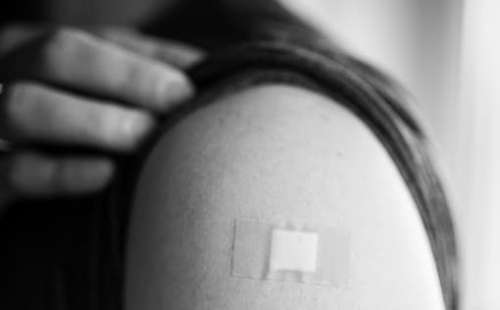
Hidradenitis suppurativa treated with secukinumab
July 19, 2018
Summary
Hidradenitis suppurativa (HS) is a serious skin disease. The cause of HS not known, but it is thought that a disturbance in the immune system's response plays an important role. Studies have found elevated levels of small proteins called cytokines in HS skin. Cytokines are signalling molecules that cells of the immune system use to communicate with each other. Some cytokines cause more inflammation in the skin and others reduce it. IL-17A is one of the cytokines that cause inflammation, and it was found to be elevated in HS skin. If you remove IL-17A from the skin tissue, inflammation is reduced and may even disappear. Secukinumab is an antibody that binds and destroys IL-17A. Because there is a lot of IL-17A in the skin of HS patients, we have tried this new treatment in a patient with severe disease. Our patient is a 47-year-old man, with severe HS. He has been treated for many years and only had temporary benefit from several other treatments that have been tried. We carefully recorded the patient's experience of the treatment, comparing the results at the start of treatment with those after 12 weeks of treatment. After treatment with secukinumab the patient reported fewer boils (going from 23 to 7); less pain (going from 5 to 3 on a ten point scale) and less pain/utility loss/handicap (going from 7 to 4 on a ten point scale). The results may be taken to imply that medications targeting IL-17A could provide a possible treatment approach for HS in the future.
Photo by Kaja Reichardt on Unsplash

